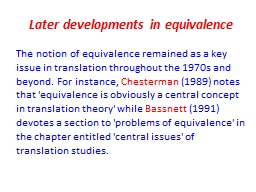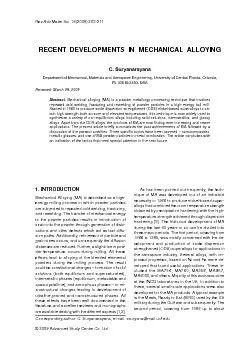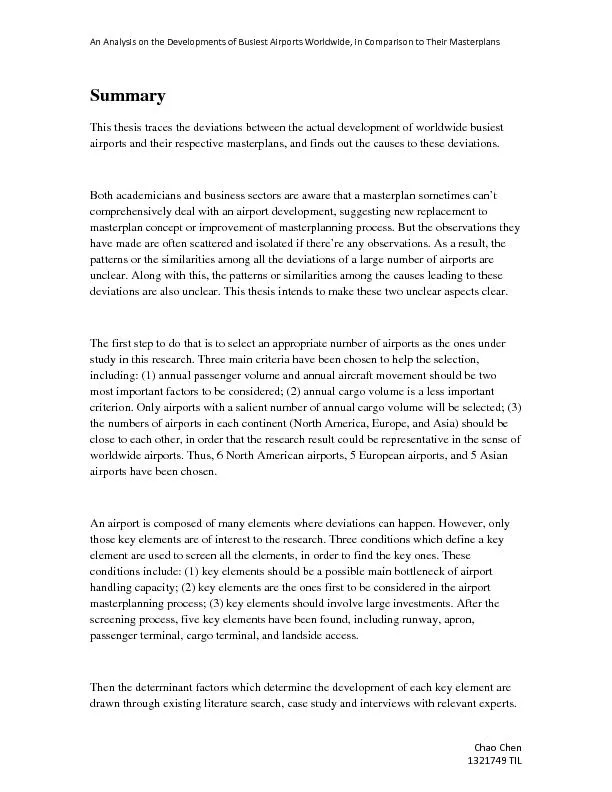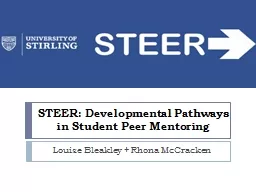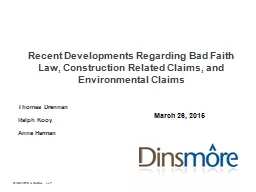PPT-Later developments in
Author : gagnon | Published Date : 2023-06-25
equivalence The notion of equivalence remained as a key issue in translation throughout the 1970s and beyond For instance Chesterman 1989 notes that equivalence
Presentation Embed Code
Download Presentation
Download Presentation The PPT/PDF document "Later developments in" is the property of its rightful owner. Permission is granted to download and print the materials on this website for personal, non-commercial use only, and to display it on your personal computer provided you do not modify the materials and that you retain all copyright notices contained in the materials. By downloading content from our website, you accept the terms of this agreement.
Later developments in: Transcript
Download Rules Of Document
"Later developments in"The content belongs to its owner. You may download and print it for personal use, without modification, and keep all copyright notices. By downloading, you agree to these terms.
Related Documents

